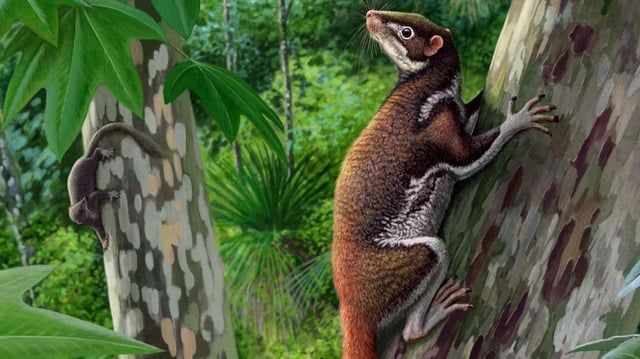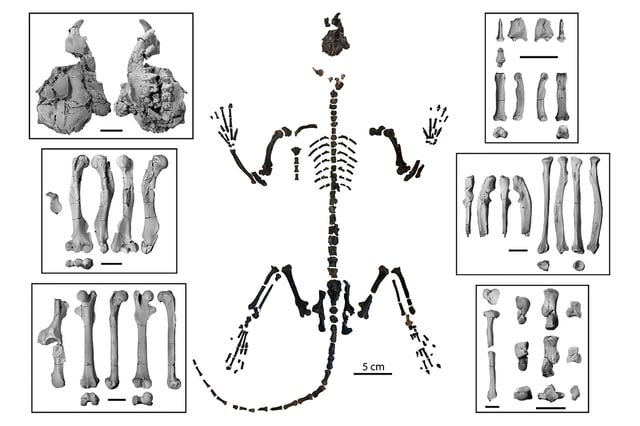Overview
- The Mixodectes pungens skeleton, discovered in New Mexico, is the most complete of its kind, offering new insights into early mammalian evolution.
- This small, tree-dwelling mammal lived 62 million years ago during the Paleocene epoch and weighed about three pounds.
- Researchers found that Mixodectes primarily ate leaves and had anatomical adaptations for climbing and clinging to trees.
- Phylogenetic analyses place Mixodectes close to primates and colugos, suggesting its evolutionary proximity to humans.
- The study highlights how mammals diversified and occupied unique ecological niches after the extinction of non-avian dinosaurs.

